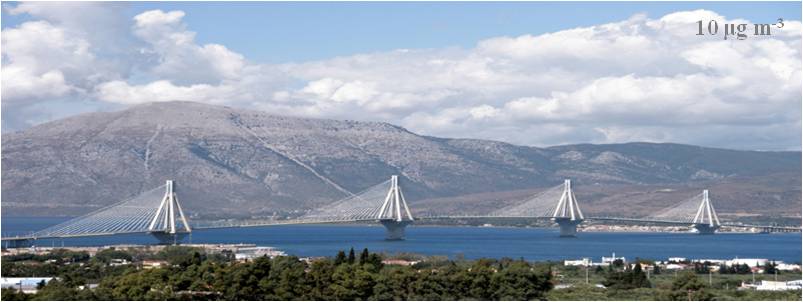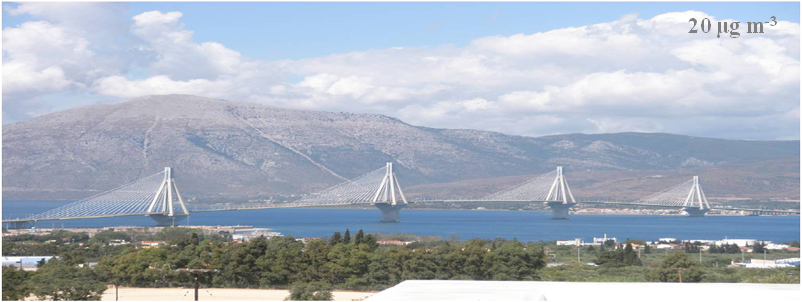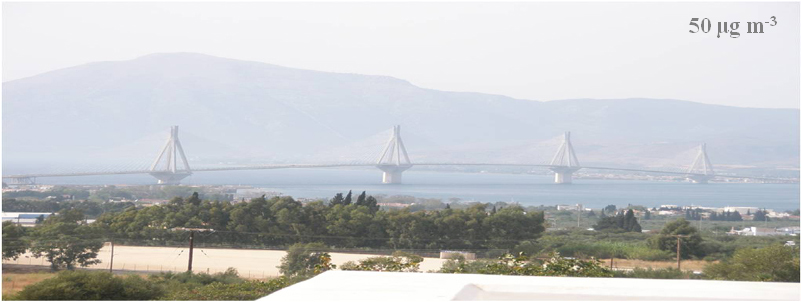Useful Links

Founded in 1901, NIST is a non-regulatory federal agency within the U.S. Department of Commerce. NIST’s mission is to promote U.S. innovation and industrial competitiveness by advancing measurement science, standards, and technology in ways that enhance economic security and improve our quality of life.
The Automated Mass Spectral Deconvolution and Identification System (AMDIS) is a computer program that extracts spectra for individual components in a GC/MS data file and identifies target compounds by matching these spectra against a reference library. It was developed at NIST with support from the United States Department of Defense and is freely available.
The Master Chemical Mechanism (MCM) is a near-explicit chemical mechanism which describes the detailed gas-phase chemical processes involved in the tropospheric degradation of a series of primary emitted volatile organic compounds (VOCs). Currently, the degradation of methane and 142 non-methane VOCs is represented.
NOAA is an agency that enriches life through science. From daily weather forecasts, severe storm warnings and climate monitoring to fisheries management, coastal restoration and supporting marine commerce, NOAA’s products and services support economic vitality and affect more than one-third of America’s gross domestic product.






















